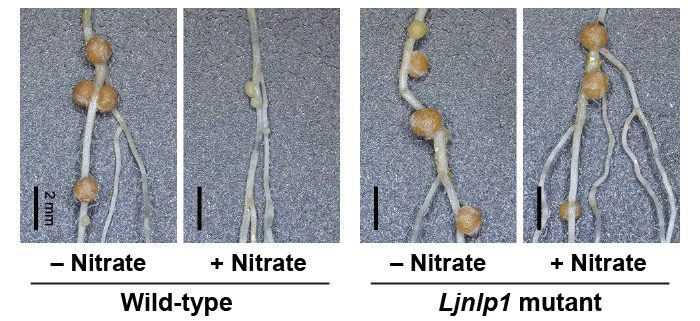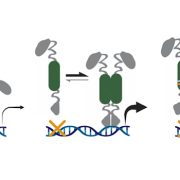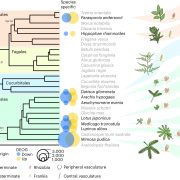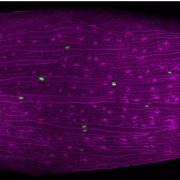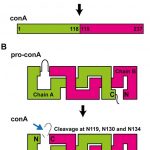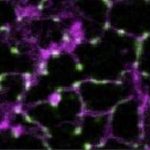Too much of a good thing – nitrate inhibition of nodulation
Hanna Nishidaa, Shohei Nosakia,b,c, Takuya Suzakia,c
aFaculty of Life and Environmental Sciences, University of Tsukuba, Tsukuba, Ibaraki, Japan
bGraduate School of Agricultural and Life Sciences, The University of Tokyo, Tokyo, Japan
cTsukuba Plant-Innovation Research Center, University of Tsukuba, Tsukuba, Ibaraki, Japan
Background
Nitrogen is an essential nutrient for plant growth. Legumes form root nodules through symbiotic association with nitrogen-fixing bacteria called rhizobia. Rhizobia inhabiting these nodules supply host plants with a nitrogen nutrient fixed from atmospheric nitrogen. Root nodule symbiosis is seemingly only beneficial for plants, but host plants need to consume photosynthetic products to establish the symbiosis. Thus, from the plant side, unnecessary nodulation can result in loss of photosynthetic products. To manage this, plants have a genetic mechanism to cease the symbiosis if the soil contains sufficient amounts of nitrogen nutrients, such as nitrate. Nitrate inhibition of nodulation may be an important way plants fulfill their need for nitrogen without unnecessary loss of carbon nutrients. However, the underlying molecular mechanism remains poorly understood.
Question
Legume NODULE INCEPTION (NIN)-LIKE PROTEIN (NLP) transcription factors are essential for nitrate inhibition of nodulation, but how NLPs regulate this process and what genes they control remain unclear.
Findings
Phenotypic and transcriptome analyses using Lotus japonicus Ljnlp1 and Ljnlp4 mutants demonstrated that LjNLP1 and LjNLP4 have central roles in nitrate-dependent gene expression and nitrate-induced inhibition of nodulation. The NIN transcription factor positively regulates nodulation and is closely related to NLPs. We identified genome-wide LjNLP4 binding sites and found that they were very similar to the NIN binding sites. However, LjNLP4 homodimers did not bind to the regulatory regions of LjNIN-target genes, which positively regulate nodulation. Furthermore, we showed that LjNLP4 forms a heterodimer with LjNIN under high-nitrate conditions, thereby reducing the induction of nodulation-related genes by LjNIN homodimers. These findings led us to propose a model to explain how legumes cease nodulation in the presence of nitrate.
Next steps
NIN was derived from NLP, and is considered to be an innovative factor for root nodule symbiosis, a trait acquired mainly by legumes during the evolution of land plants. Elucidation of the similarity and specificity of the function and structure of NIN and NLP will provide important insight for deciphering the evolutionary history of root nodule symbiosis.
Hanna Nishida, Shohei Nosaki, Takamasa Suzuki, Momoyo Ito, Takuya Miyakawa, Mika Nomoto, Yasuomi Tada, Kenji Miura, Masaru Tanokura, Masayoshi Kawaguchi, Takuya Suzaki (2021) Different DNA-binding specificities of NLP and NIN transcription factors underlie nitrate-induced control of root nodulation. Plant Cell. https://doi.org/10.1093/plcell/koab103


